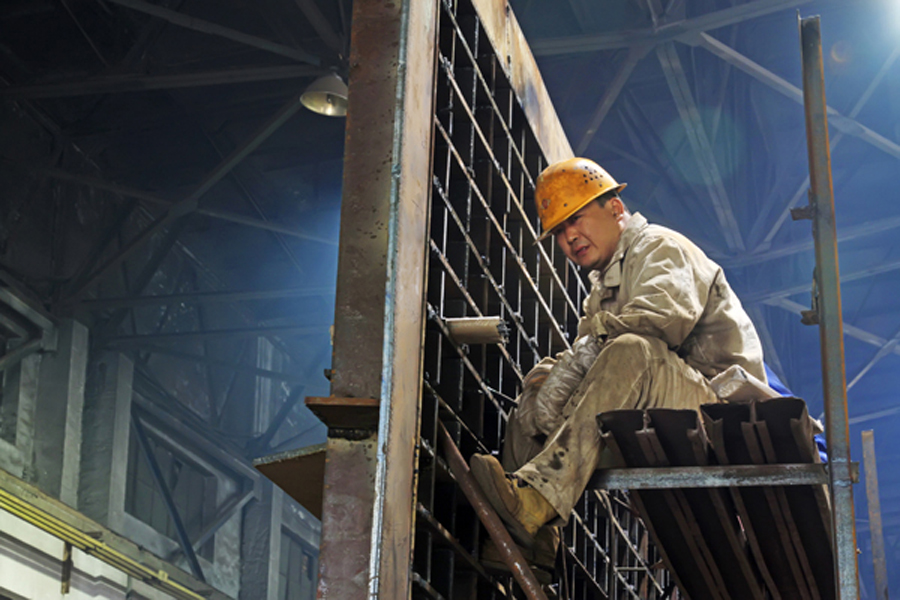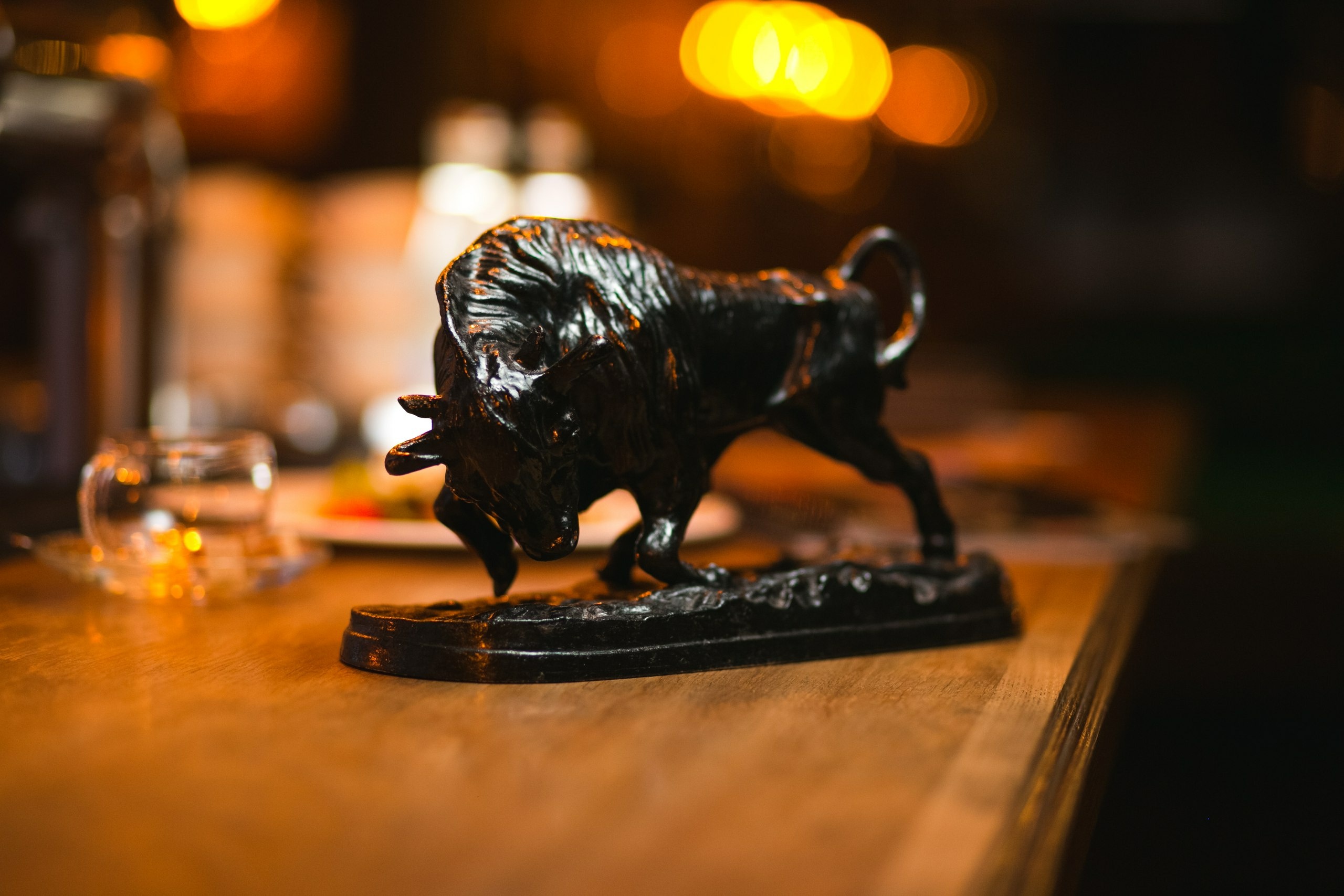Iron ore climbs on Chinese restocking

The end of the Labour Day holiday in China saw fresh demand for iron ore and steel, with both commodities rising in tandem today.
Reuters reported that Chinese steel futures rose to their highest in almost a month, supported by restocking demand after the holiday.
“After the holiday there’s a bit of restocking demand, that’s why you see steel prices come up quite substantially and it’s reflected in futures”: Helen Lau, analyst at Argonaut Securities
The most active rebar contract on the Shanghai Futures Exchange climbed 2.2% higher at $454 a tonne. Iron ore, a key ingredient in steelmaking, hit $77.28 a tonne on the Dalian Commodity Exchange, a gain of 4.7%. Four days ago the Northern China import price of 62% Fe content ore traded up 2.1% at $68.00.
“After the holiday there’s a bit of restocking demand, that’s why you see steel prices come up quite substantially and it’s reflected in futures,” Reuters quoted Helen Lau, an analyst at Hong-Kong based Argonaut Securities. She said market participants are watching closely Beijing’s plans to tighten monetary policy, which would make it harder for Chinese steel mills to get loans.
In April iron ore sunk to five-month lows, but the steelmaking raw material is still trading in positive territory compared to this time last year. The recovery comes on the back of higher steel prices in China, which consumes nearly three-quarters of the world’s seaborne ore.
Iron ore’s fightback comes despite dire predictions for the price outlook.
In a report released last week BMI Research forecasts prices are entering a multi-year slump, averaging lower each year through to 2021. The forecasters expect the commodity to average $70 a tonne this year (year-to-date the average price is just under $82), $55 in 2018, and decline to $46 by 2021, on rising supplies from Australia and Brazil.
{{ commodity.name }}
{{ post.title }}
{{ post.date }}




Comments